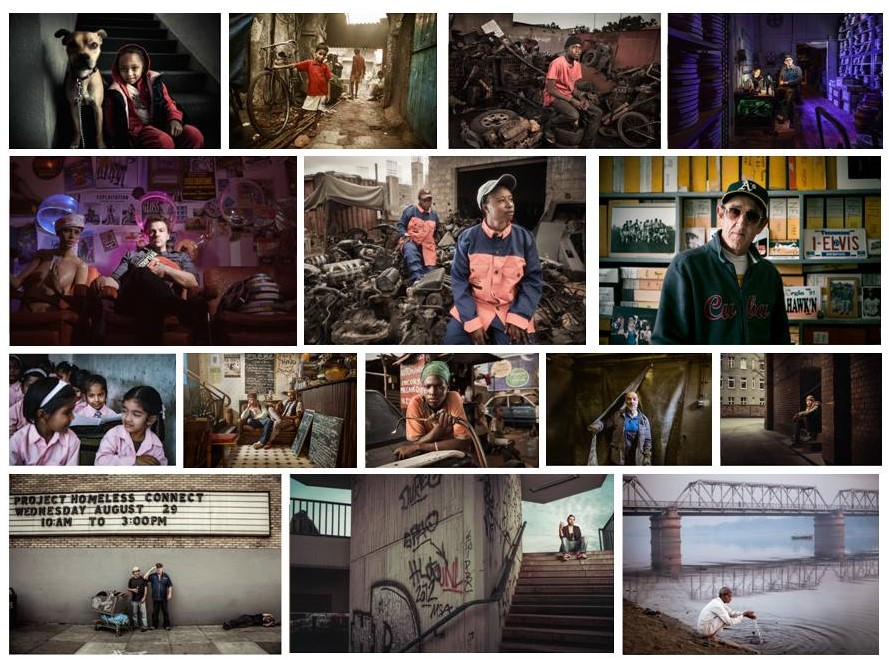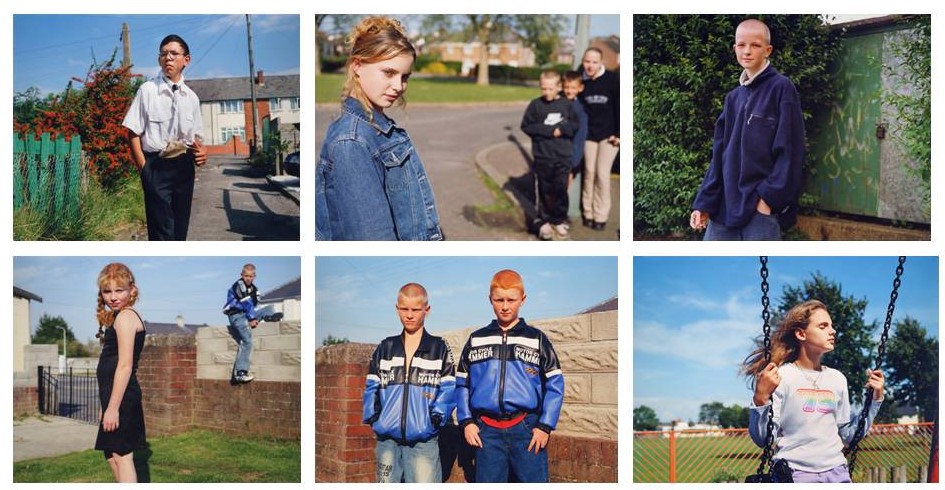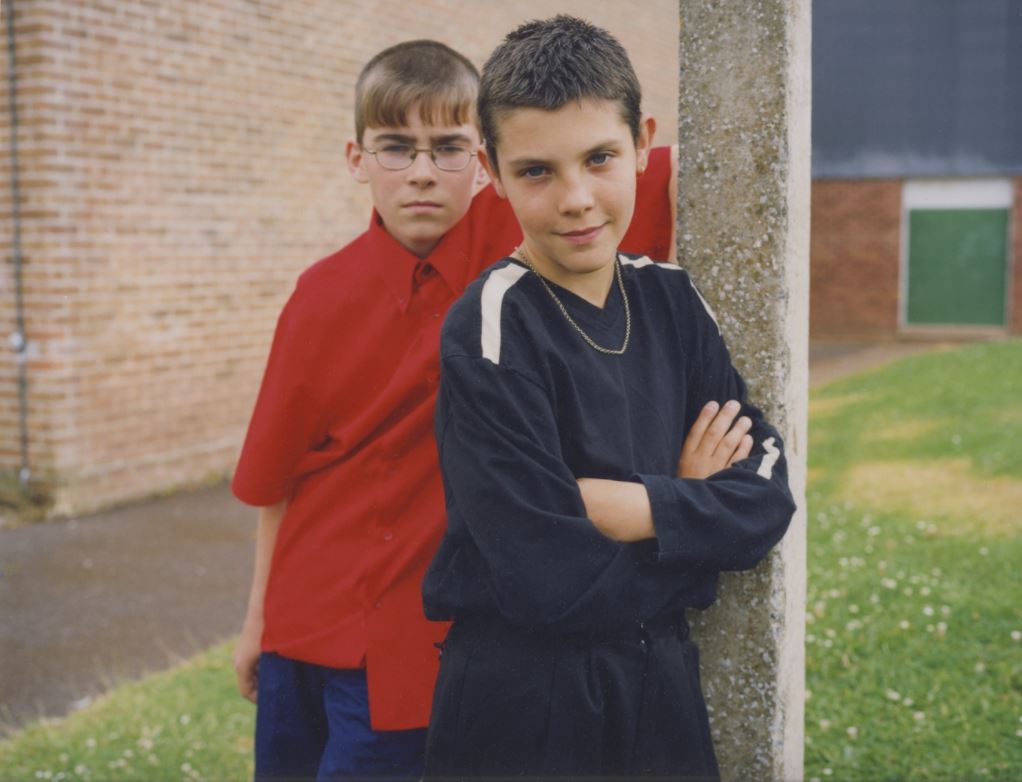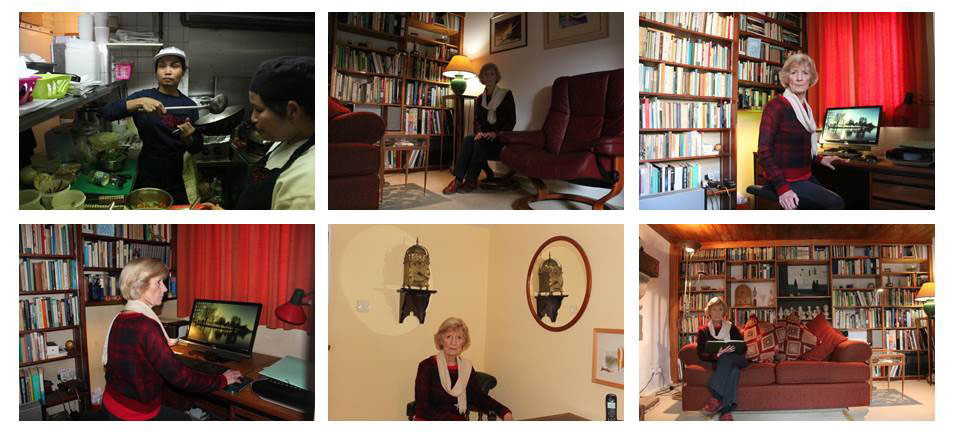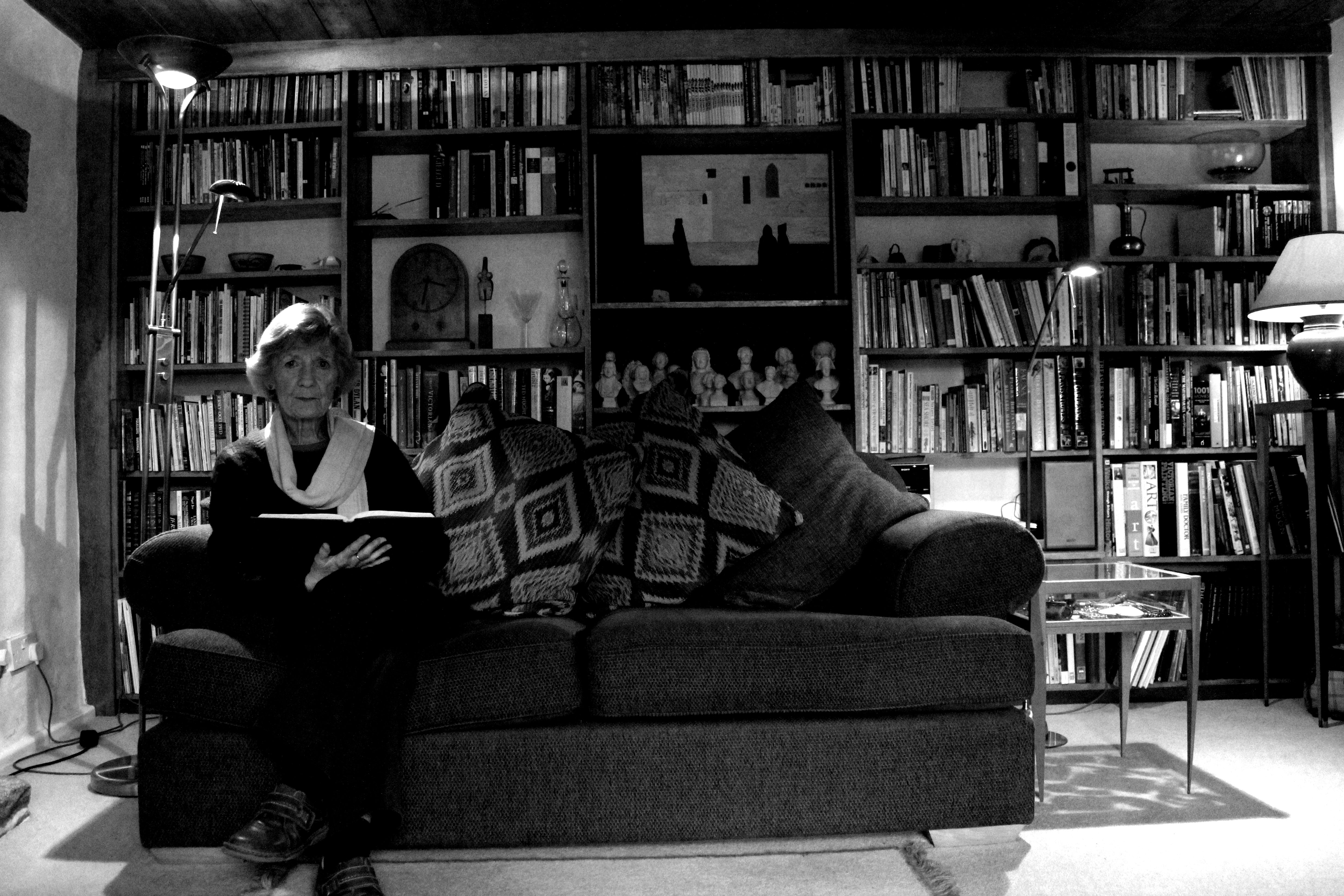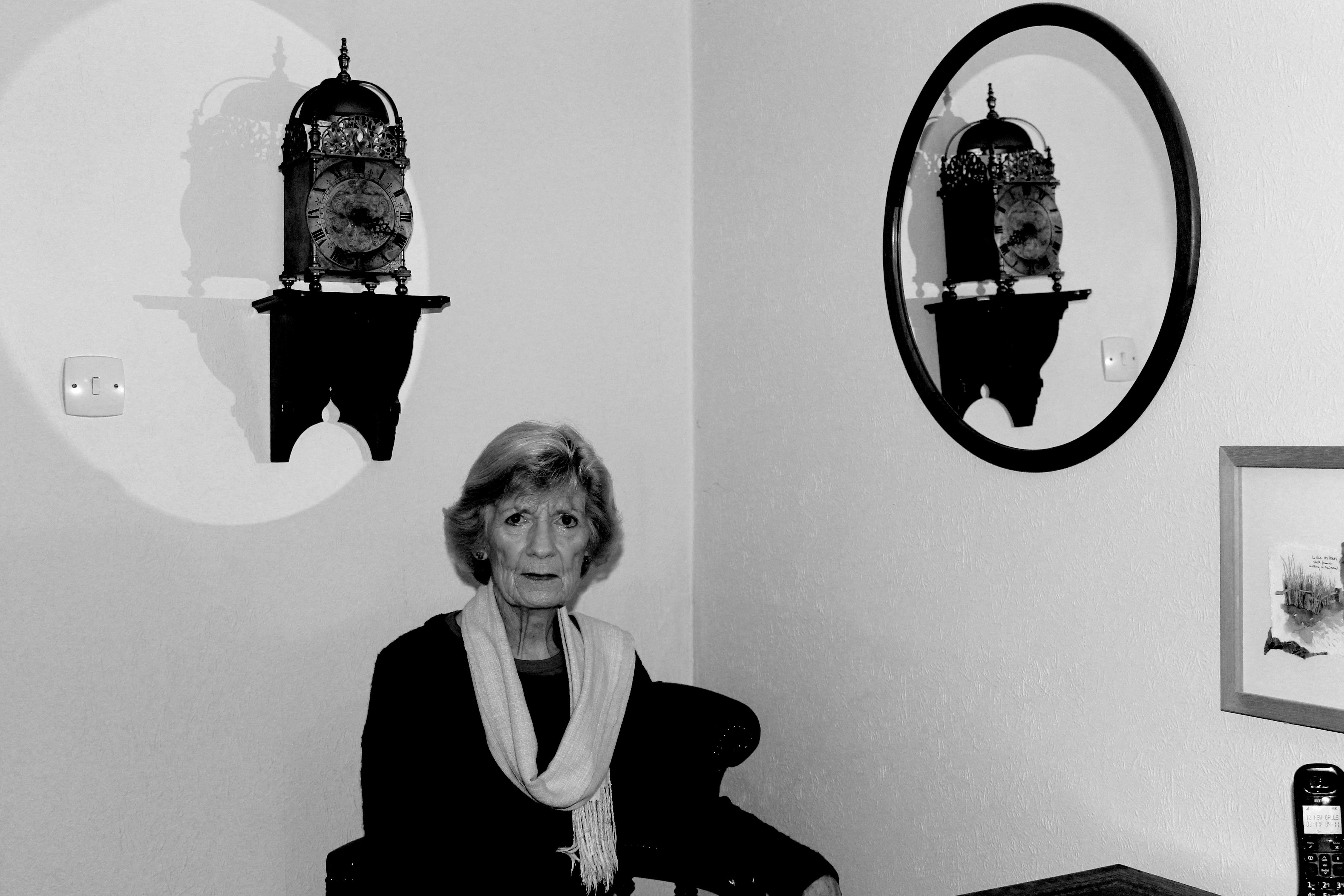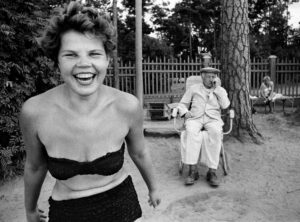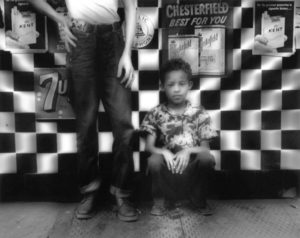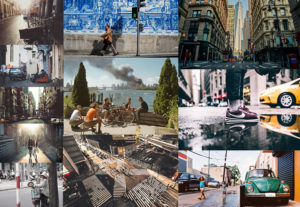Henri Cartier is a street photographer,And was also a French humanist photograph and was soon considered a master of candid photography He started off within using 35mm film. He pioneered the genre of street photography, and viewed photography as capturing a decisive moment. His work has influenced many photographer
He was born in France the youngest of 5,and was the son of a well known textiles manufacturer.His parents supported him financially so Henri could pursue photography more freely than his contemporaries. Henri also sketched. he also highly enjoyed painting as this inspired him for many of his works throughout While also being highly involved in photojournalism and painting he was inspired as surrealist photographers such as Lhote’s “rule-laden” approach to art.While traveling around the world more he become inspired by different forms of art and artists and also even the people and environment that he was surrounded within. He was also captured by German soldiers which also inspired lots of his work within the suffering and journalism of war in which he was enraptured.
The Decisive Moment
This is a book in which the photographer wrote,whose English-language edition was titled The Decisive Moment. It included a portfolio of 126 of his photos from the East and the West. The book’s cover was drawn by Henri Matisse For his 4,500-word philosophical preface. Within the book he is seen saying ‘ simultaneous recognition, in a fraction of a second, of the significance of an event as well as of a precise organization of forms which give that event its proper expression.”
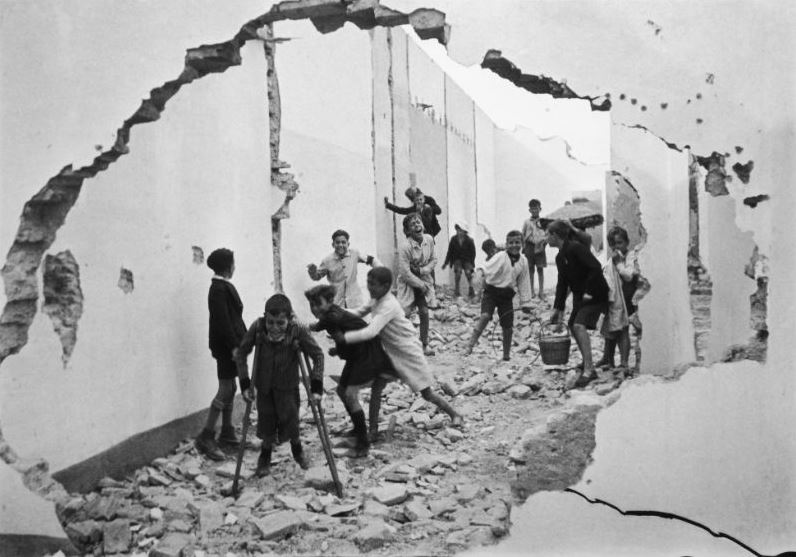
Analysis of this image:
I chose this image due to the the conceptual thoughts and also a clear representation of the artists own views upon war and suffering. There is a slight struggle i which to see weather the children are playing within the corruption of war and a socialist generation gap or another way to say how they are fighting and there is a clear demonstration of their won suffering.I Think the composition to the piece is highly interesting as it presents a clear direct line of view but is a symbol of war and a possible explosion that has occurred. It almost allows an insight into children’s life which is ironic how children are meant to be looked after and how the view into their environment is through a war ground.The straight line of eye is also used to exaggerate how to see this environment it is not heard and that mediation is used to cover what people not found within the western world are going through.It proposes many ideas which too would be interesting to use within my own work and how to document different unexpected areas in which i live that people pretend to be ignorant towards.

His contribution to MAGNUM magazine,Magnum is a website which allows many photographers to upload their images and show a sense of who they are,but mostly surrounding that of photojournalism.Many photos in which was inspired by people in his habitat and where he lived at the time.He also occasionally uploads images of his artwork onto this website which are effective and look very much as an inspiration to his photo inspired work.
To me his work is highly effective in ways of conveying a story within a relevance of the modern and earlier times within history. He inspires others and achieves many successful images which emote a sense of change or purely just expose everyone different environmental lives.






